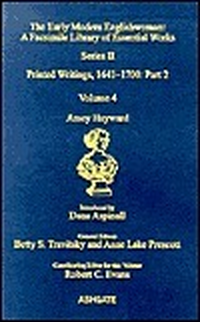"Borrowed Plumage": Polemical Essays on Translation
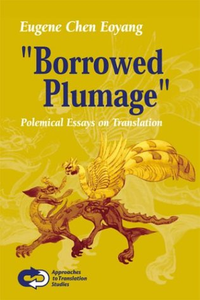
Summary
This eclectic collection of essays focuses on a number of intriguing issues in some of these “polemic” essays challenge certain widespread beliefs and for example, the belief that humor is untranslatable; the assumption that translations are always inferior to the originals; the spread of translations that are more impenetrable to the target audience than the originals ever were to the source language audience; above all, the notion that translation is a marginal rather than a major area of indeed, as one essay suggests, translation may represent a model of thought, and translating a mode of thinking.
These essays also consider the international trade in translations, the ratio of translations out of the language and of translations into the language, as a possible index to historical development; analyze the humor that can be translated as well as the humor that cannot be translated; uncover the implicit indicators of time and place in traditional Chinese poetry (offering thereby a study in comparative deictics); examine the hermeneutics of Old Testament exegeses, which — unlike the modern world — privileged the oral over the written word; discuss the subtle but definable differences between translations that appropriate previous versions by way of allusion and quotation, and translations that merely plagiarize.
In the final section, entitled “Divertissements”, Eugene Eoyang provides an exposition of his translation of a poem, first published in the People’s Daily (and since banned), that contained a hidden — and decidedly hostile — acrostic, in which the challenge was not only to convey the original meaning but also to preserve the disguise of the original meaning in the Chinese text. (The translation appeared in The New York Times. ) He also offers a wry typology of translators, comparing them — metaphorically and paronomastically — to different species of birds; in a concluding coda, he excavates the place-names in bicultural and multilingual Hong Kong, uncovering not only translations and transliterations, but also “heteronyms” (different names for the same place) as well as, remarkably, “phononyms” (names where the pronunciation of a word in one language happens to coincide with a word in another language with the same meaning).
The result is a provocative potpourri of fascinating insights into the cultural and semiotic complexities of translation that will surely interest students of translation, literature, linguistics, and history, as well as the informed general reader.
Similar Books
-
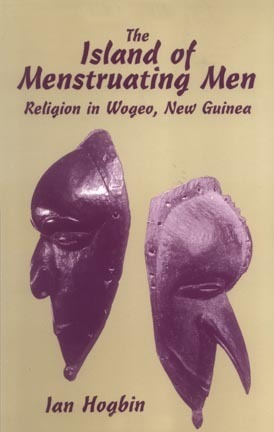 The island of menstruating men;: Religion in Wogeo, New Guinea
The island of menstruating men;: Religion in Wogeo, New Guineaby Herbert Ian Hogbin
-
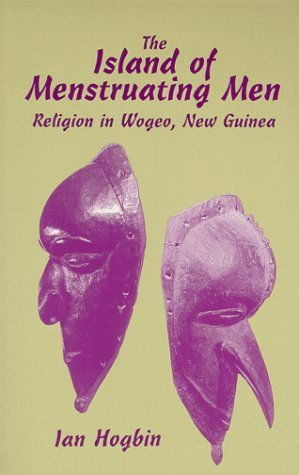 The Island of Menstruating Men: Religion in Wogeo, New Guinea
The Island of Menstruating Men: Religion in Wogeo, New Guineaby Herbert Ian Hogbin
-
 Flavius Philostratus: On Heroes
Flavius Philostratus: On Heroesby Philostratus
-
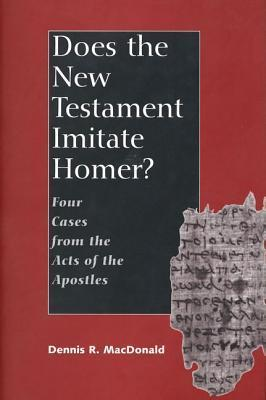 Does the New Testament Imitate Homer?: Four Cases from the Acts of the Apostles
Does the New Testament Imitate Homer?: Four Cases from the Acts of the Apostlesby Dennis Ronald MacDonald
-
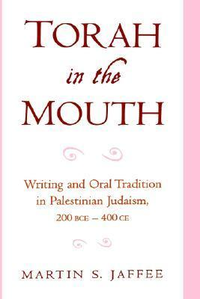
-
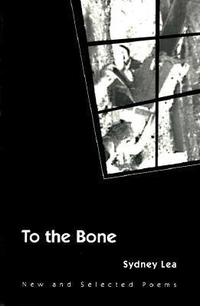 To the Bone: NEW AND SELECTED POEMS (Illinois Poetry
To the Bone: NEW AND SELECTED POEMS (Illinois Poetryby Sydney Lea
-
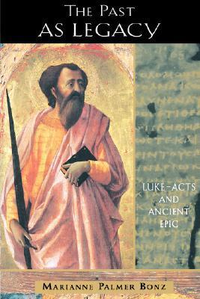 The Past as Legacy
The Past as Legacyby Marianne Palmer Bonz
-

-
 Psalm 119: The Exaltation of Torah
Psalm 119: The Exaltation of Torahby David Noel Freedman
-
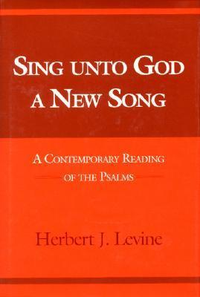 Sing Unto God a New Song: A Contemporary Reading of the Psalms
Sing Unto God a New Song: A Contemporary Reading of the Psalmsby Herbert J. Levine
-
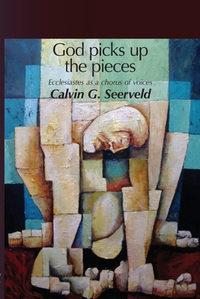 Liberation Themes in Reformational Perspective
Liberation Themes in Reformational Perspectiveby Calvin G Seerveld
-
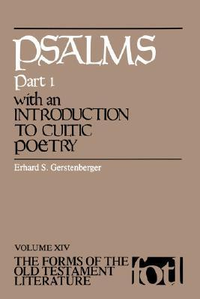 Psalms, Part 1: An Introduction to Cultic Poetry (The Forms of the Old Testament Literature
Psalms, Part 1: An Introduction to Cultic Poetry (The Forms of the Old Testament Literatureby Erhard, S. Gerstenberger
-
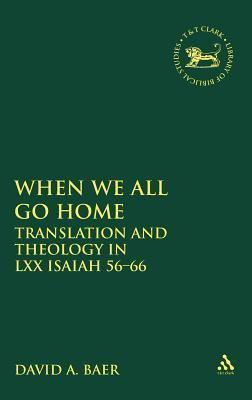 When We All Go Home: Translation and Theology in LXX Isaiah 56-66
When We All Go Home: Translation and Theology in LXX Isaiah 56-66by David A. Baer
-
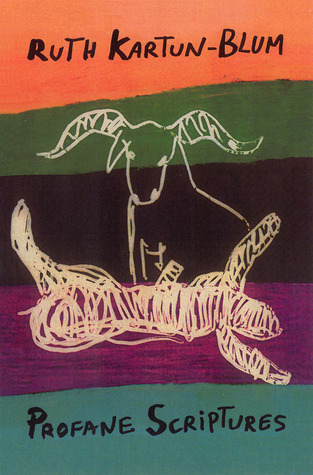
-
 The Pastoral Narcissus
The Pastoral Narcissusby Clayton Zimmerman
-
 Wisdom's Many Faces
Wisdom's Many Facesby Robert C. Hill
-
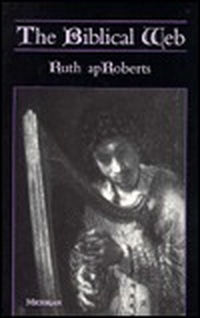 The Biblical Web
The Biblical Webby Ruth Aproberts
-
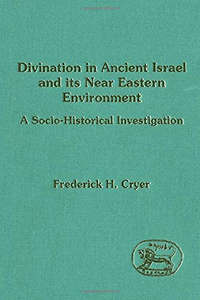
-
